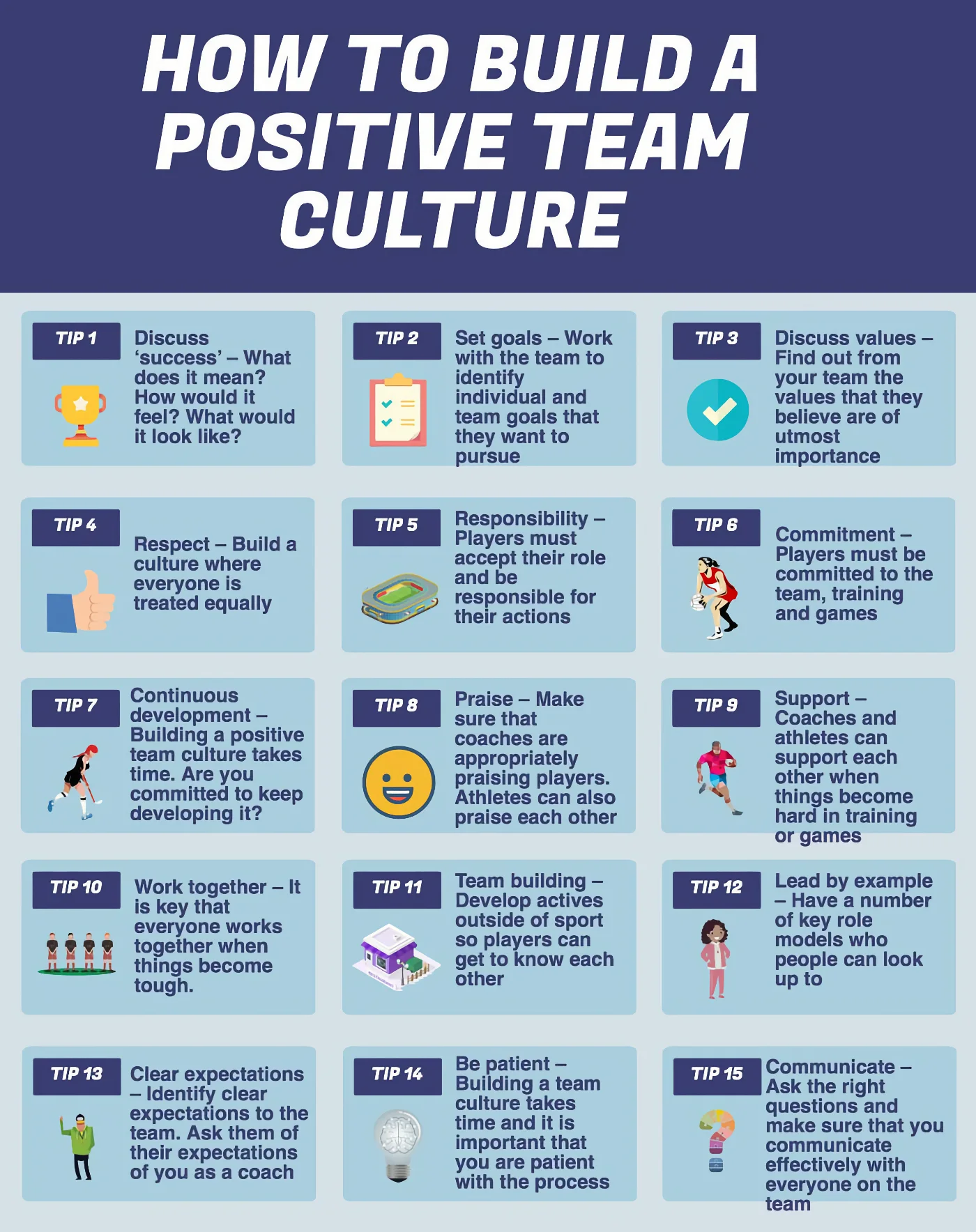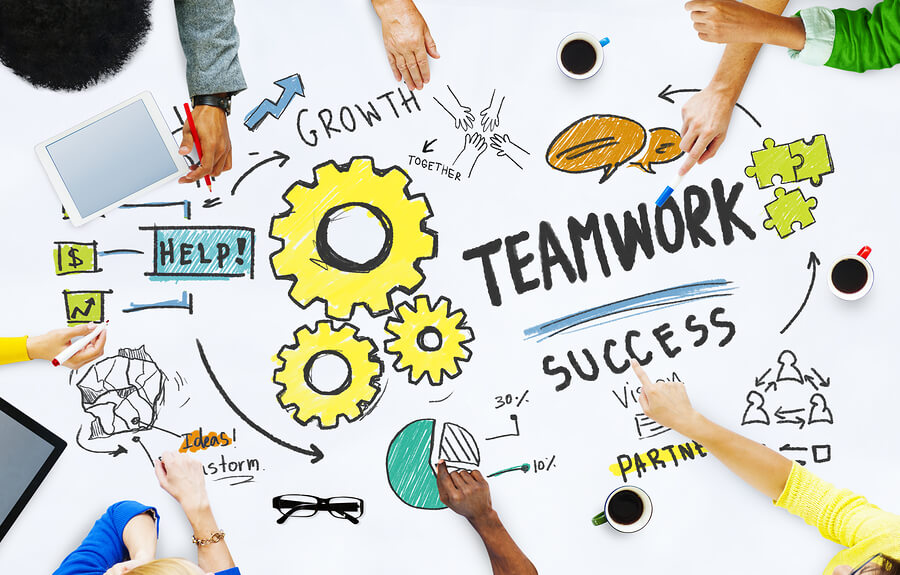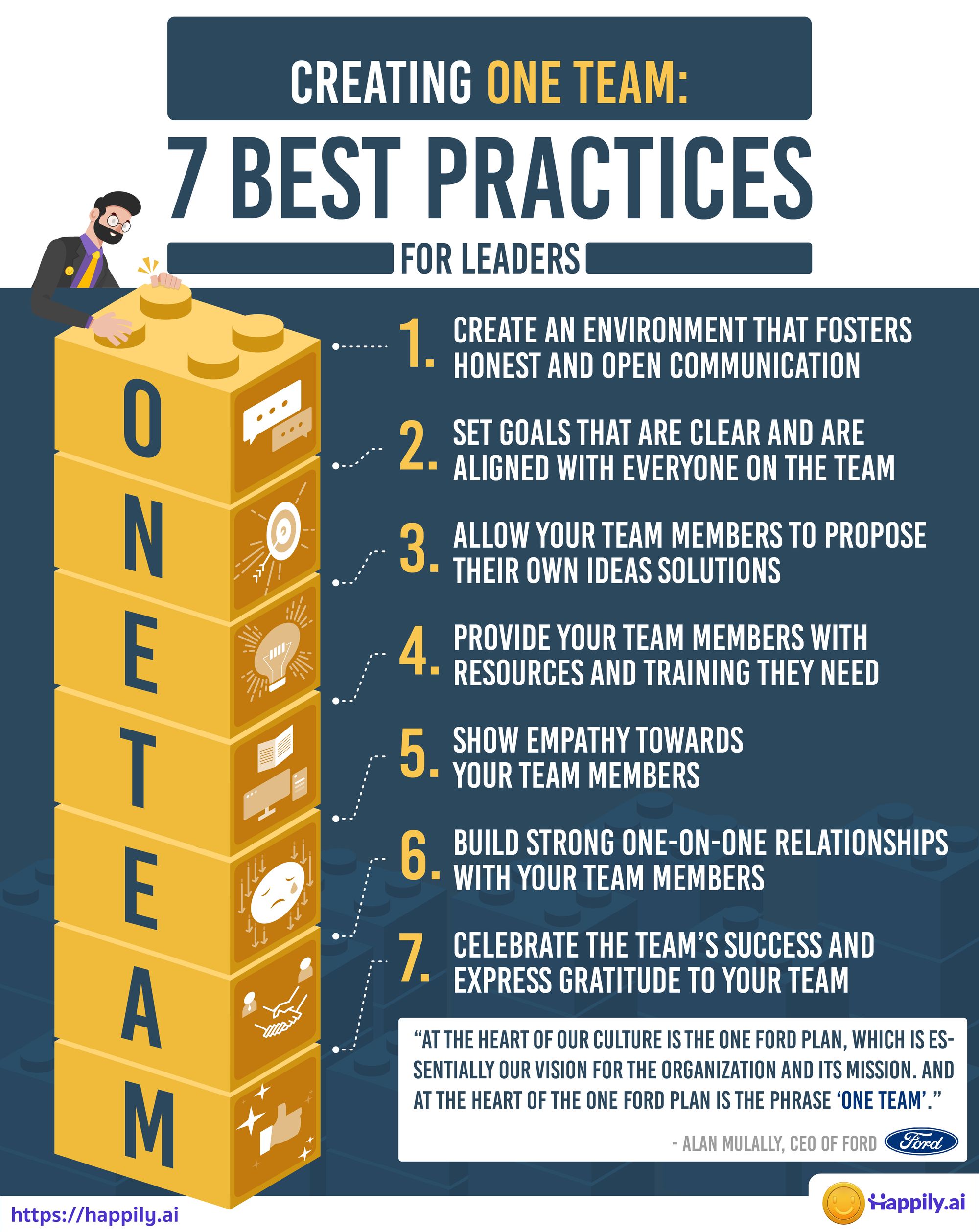How To Create A Good Team Environment
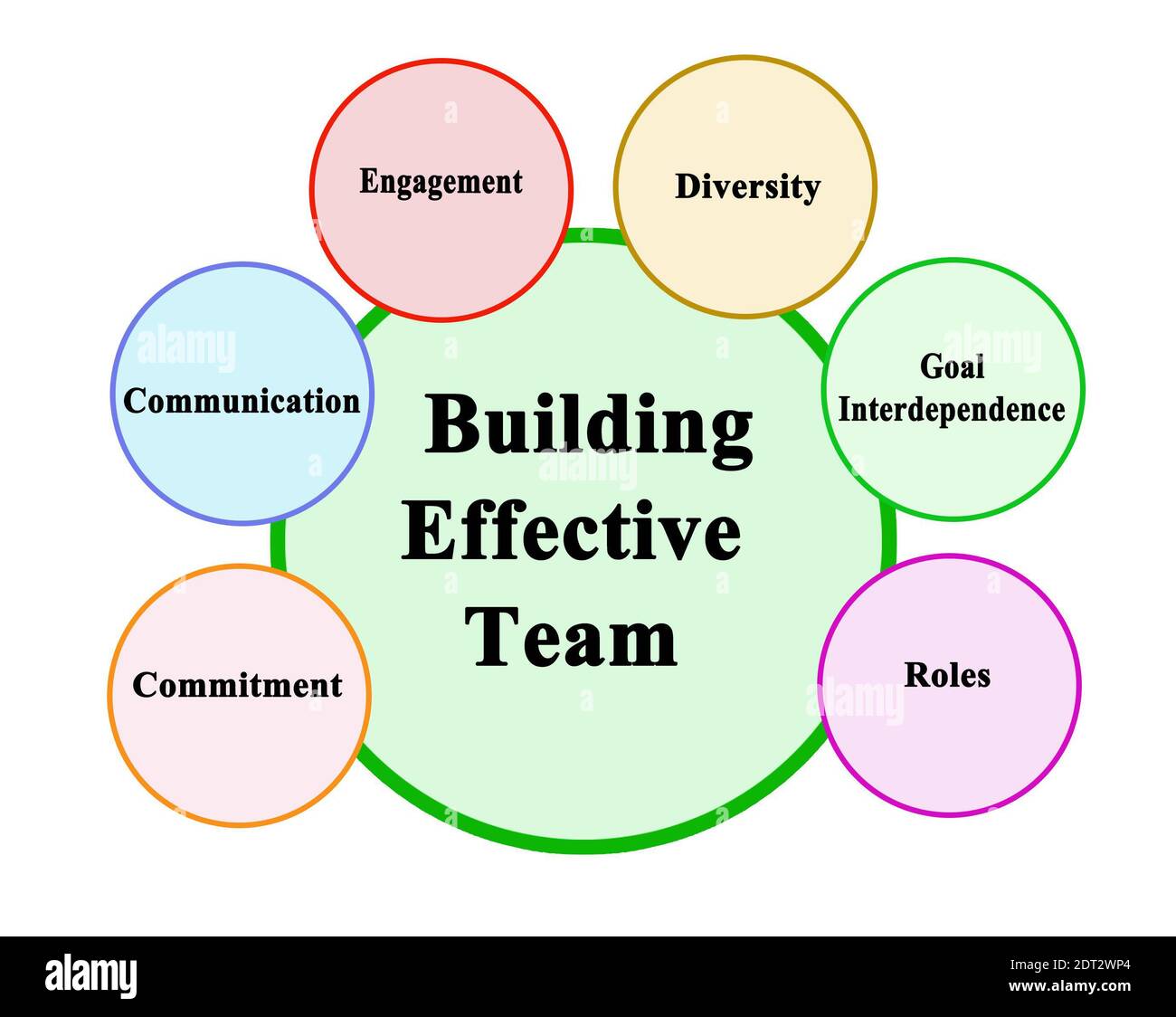
Team dysfunction threatens productivity and employee well-being nationwide. Experts reveal actionable strategies to cultivate positive team environments, combatting widespread collaborative challenges.
A positive team environment isn't just a 'nice-to-have'; it's a business imperative. This guide provides concrete steps to foster collaboration, boost morale, and drive success, addressing the critical need for effective teamwork in today's workplace.
Building Trust: The Foundation of Teamwork
Trust is paramount. Psychological safety, where team members feel comfortable taking risks and being vulnerable, is essential. Foster open communication and actively listen to understand differing perspectives.
Encourage vulnerability-based trust. Lead by example: share your own mistakes and challenges to normalize imperfection. Transparency in decision-making builds confidence and mutual respect.
Actionable Steps for Trust-Building
Implement regular team-building activities outside of work. Schedule dedicated time for informal interactions to strengthen bonds. Consider activities like volunteering, escape rooms, or social gatherings.
Establish clear and consistent communication channels. Use project management tools to ensure everyone is informed of progress and roadblocks. Actively solicit feedback and act on it promptly.
Implement a "no-blame" policy when mistakes happen. Focus on learning and improvement rather than assigning fault. This encourages experimentation and innovation.
Defining Clear Roles and Responsibilities
Ambiguity breeds conflict and inefficiency. Clearly define each team member's role and responsibilities from the outset of every project. Utilize RACI matrices (Responsible, Accountable, Consulted, Informed) to ensure clarity.
Avoid overlapping responsibilities to minimize confusion and competition. Regularly revisit roles to ensure they align with evolving project needs. Provide adequate training and resources to enable success.
Strategies for Role Clarity
Create detailed job descriptions that clearly outline expectations. Conduct regular performance reviews that focus on role-specific contributions. Provide opportunities for skill development and cross-training.
Implement a system for tracking individual and team progress. Use project management software to visualize tasks and timelines. Regularly celebrate individual and team accomplishments.
Fostering Open Communication and Feedback
Effective communication is vital for team success. Create a culture where honest and constructive feedback is encouraged and valued. Provide training on giving and receiving feedback effectively.
Active listening is key. Encourage team members to fully understand perspectives before responding. Use paraphrasing and clarifying questions to ensure comprehension.
Tactics for Open Communication
Implement regular check-in meetings. These meetings should be brief and focused on progress, roadblocks, and support needed. Encourage all team members to participate actively.
Use multiple communication channels to accommodate different preferences. Consider email, instant messaging, video conferencing, and in-person meetings. Establish clear guidelines for channel usage.
Establish a system for anonymous feedback. This allows team members to express concerns without fear of reprisal. Address feedback promptly and transparently.
Addressing Conflict Constructively
Conflict is inevitable, but how it's managed determines its impact. Establish clear guidelines for conflict resolution and ensure all team members are familiar with them. Encourage direct and respectful communication.
Mediation can be a valuable tool. If conflict escalates, consider engaging a neutral third party to facilitate resolution. Focus on finding common ground and mutually acceptable solutions.
Techniques for Conflict Resolution
Train team members in conflict resolution skills. Focus on active listening, empathy, and collaborative problem-solving. Provide opportunities to practice these skills in a safe environment.
Establish a clear escalation process for unresolved conflicts. Define who is responsible for intervening and resolving conflicts at each level. Ensure the process is fair and transparent.
Promote a culture of forgiveness. Encourage team members to move past disagreements and focus on future collaboration. Celebrate successful conflict resolution.
Prioritizing Recognition and Appreciation
Recognizing and appreciating team members boosts morale and motivation. Implement a system for acknowledging individual and team contributions. Provide both public and private recognition.
Tailor recognition to individual preferences. Some team members prefer public praise, while others prefer private acknowledgement. Be mindful of cultural differences in recognition styles.
Methods for Recognition and Appreciation
Implement an "employee of the month" program. Recognize outstanding contributions and achievements. Provide a tangible reward, such as a gift card or extra time off.
Celebrate team successes publicly. Acknowledge the collective effort and impact of the team's work. Host a team lunch or social gathering to celebrate milestones.
Provide regular feedback and coaching. Focus on both strengths and areas for improvement. Offer opportunities for professional development and growth.
Moving forward, companies should prioritize these strategies to cultivate thriving team environments. By focusing on trust, clarity, communication, conflict resolution, and recognition, organizations can unlock the full potential of their teams and achieve greater success. The impact of Dr. Amy Edmondson's research underscores the need for continuous effort in building and maintaining effective teams.


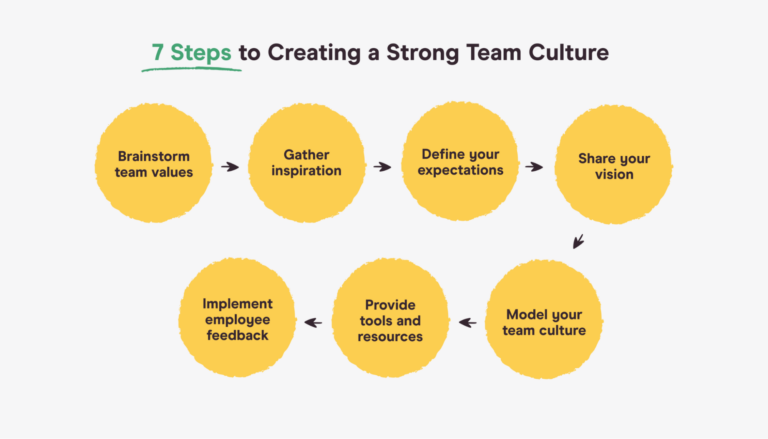
:max_bytes(150000):strip_icc()/tips-for-better-teamwork-1919225_v4-5b4dfa2746e0fb00371186e0.png)
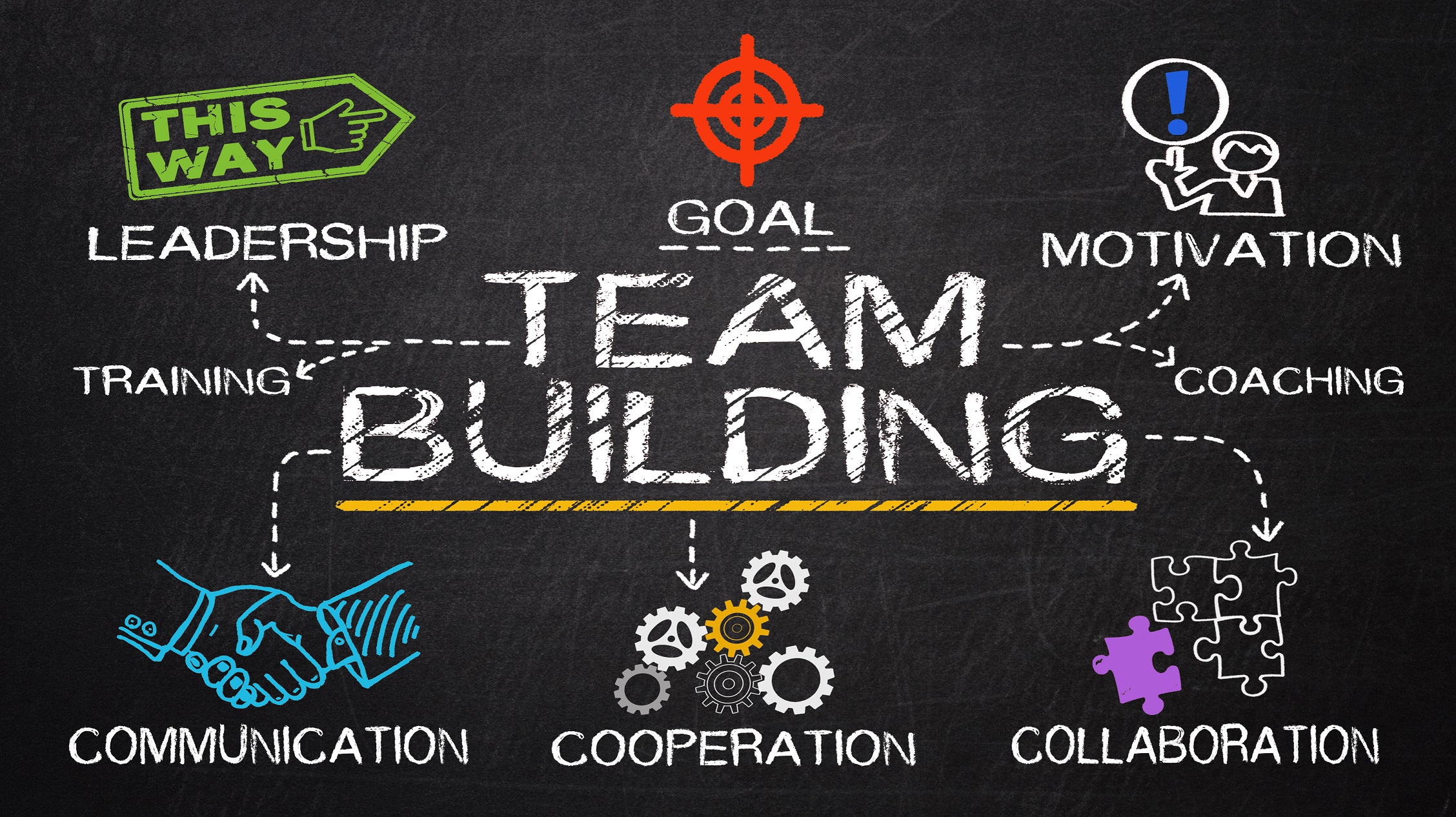
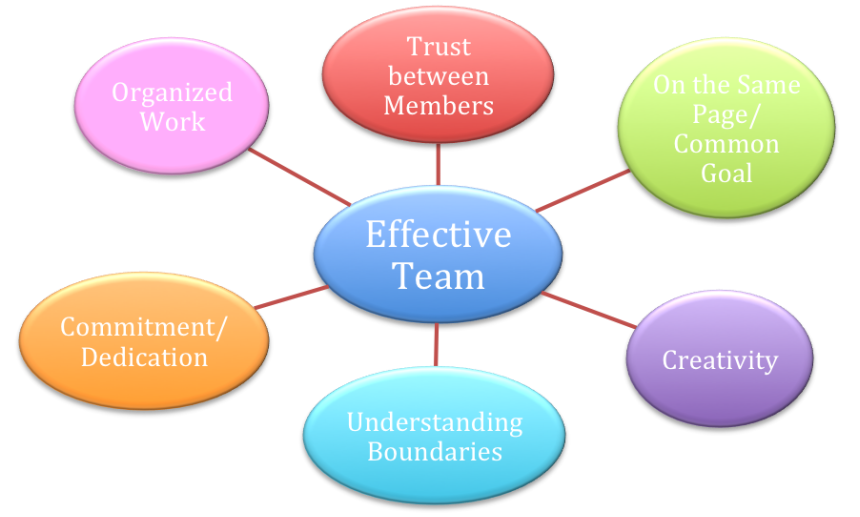
.png?width=3200&height=2700&name=5 Factors for Great Teamwork in the Workplace - Niagara Institute (1).png)


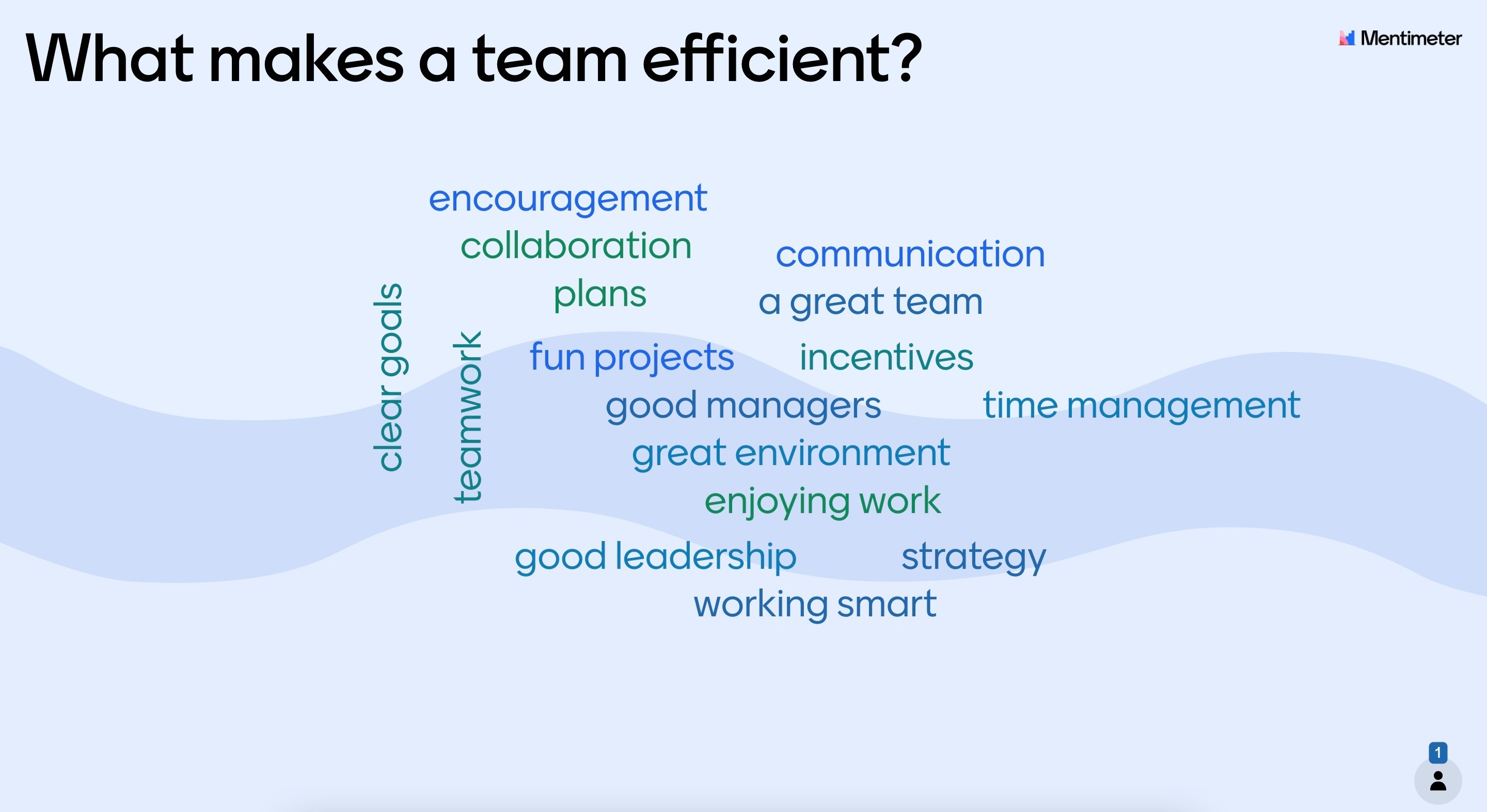
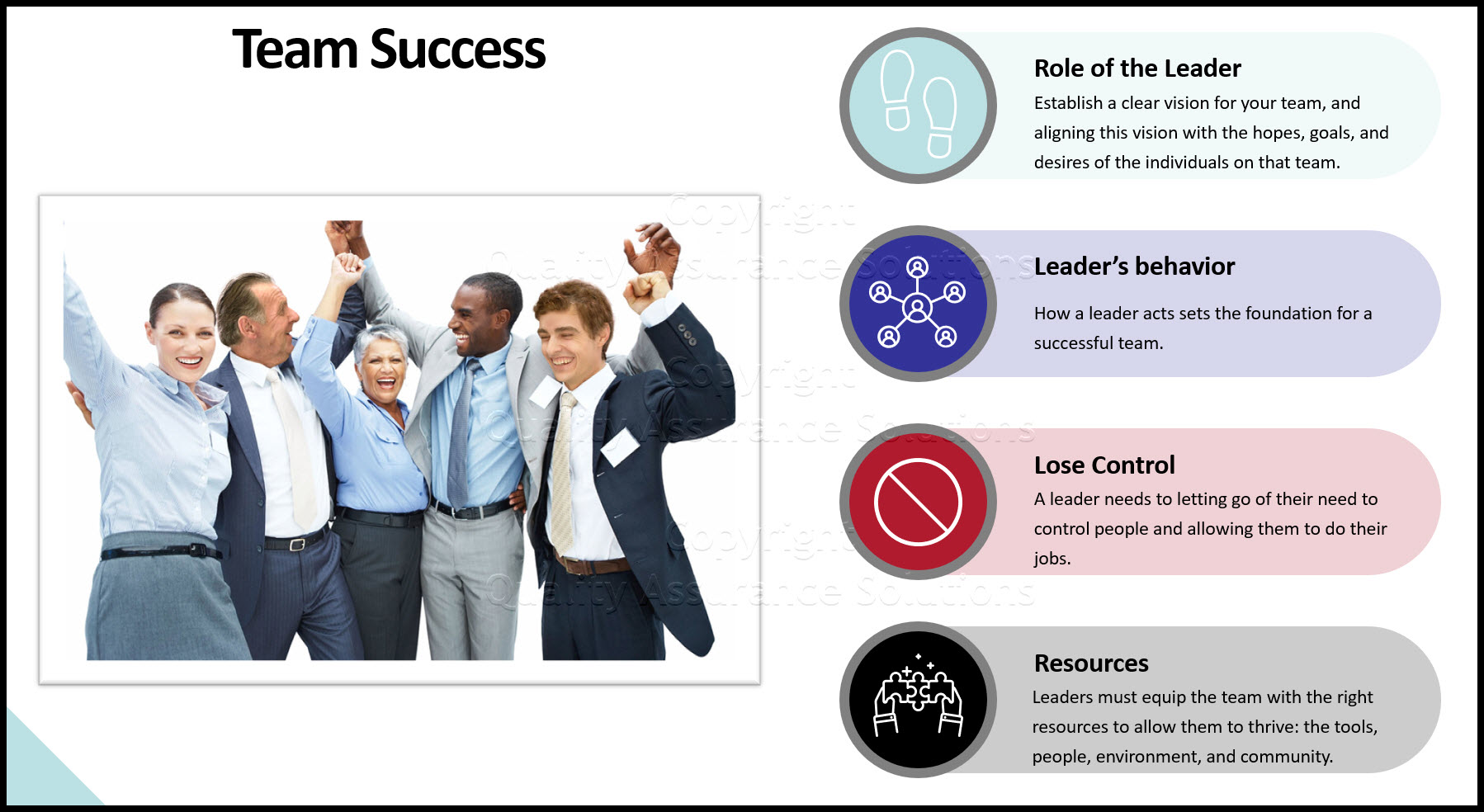
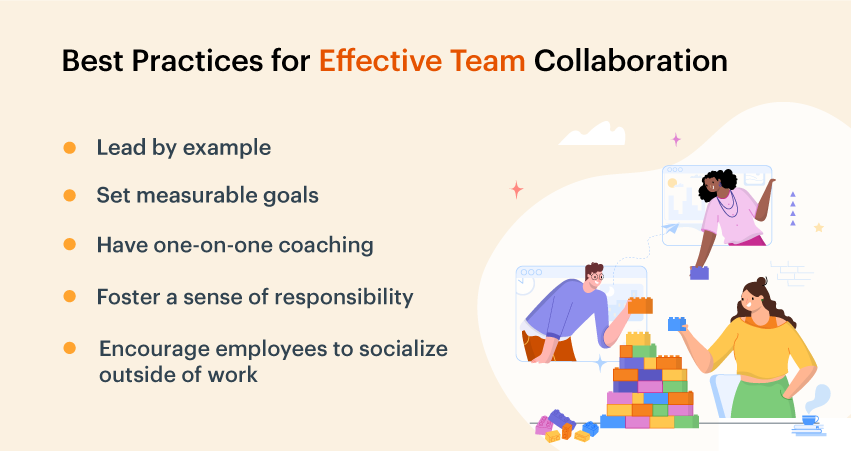
.jpg)

